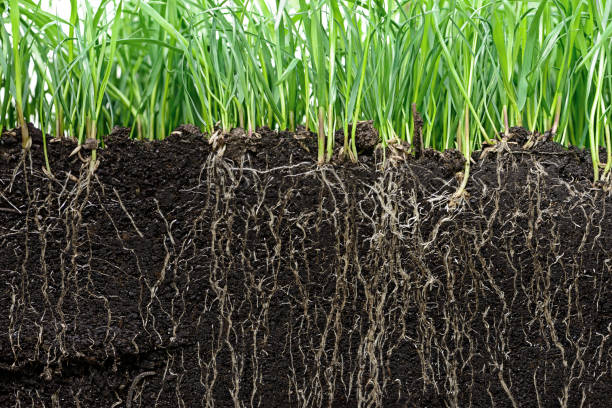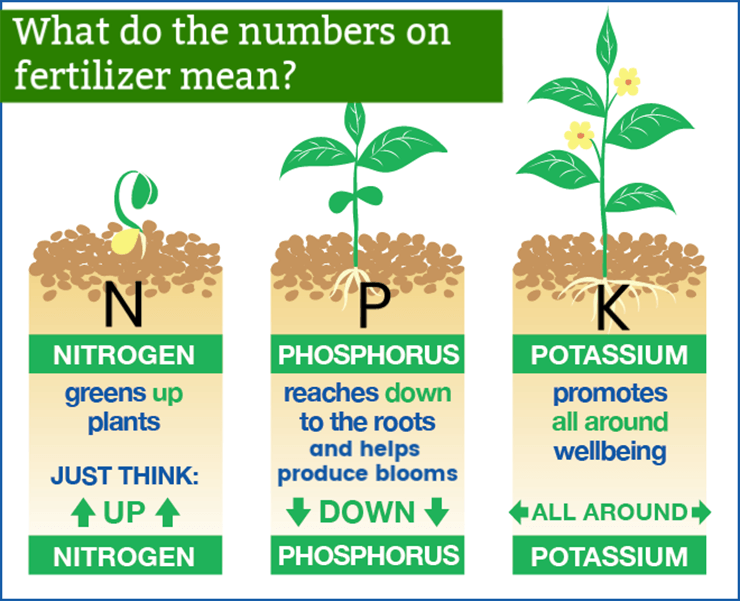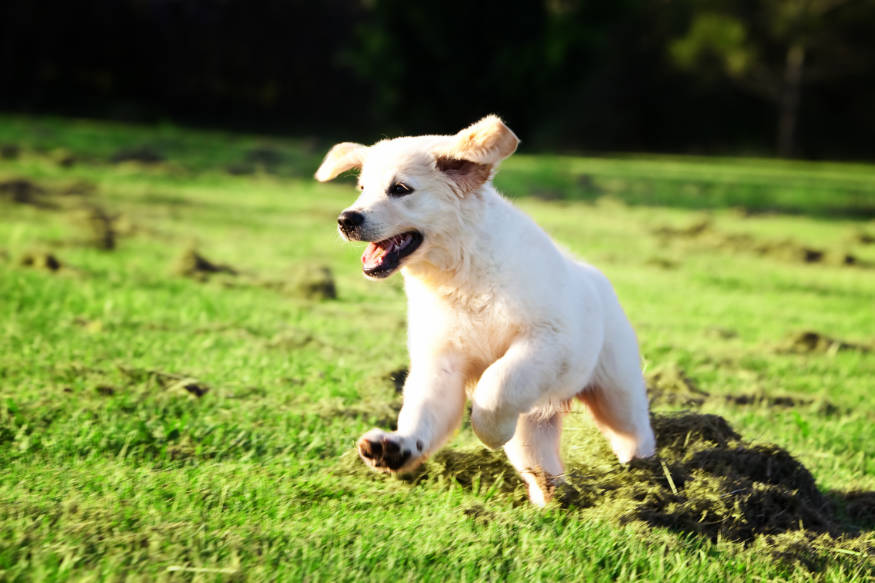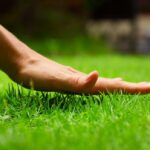Genetics 🧬
Your body comes encoded and downloaded with generations of DNA. Every attribute about you has been passed down from one family member to the next, and has led to you. Your hair, eye color, height, weight, hand size, foot size, emotional feelings, stresses, fears, and so much more are all affected by your genetics.
Your genetics are not something that can be changed, you have what you have and you are what you are, however, it can be molded and shaped in order for you to achieve what goals you may have for it.
Much like your body, your lawn has come encoded with its own genetics. Attributes that you can see, many that you cannot, and they all affect how your lawn looks today, and into the future.
First, it’s important to understand that some things may be out of your control. Your lawn is the way that it is, and some things about your lawn will always be that way. However, some of the genetic characteristics of your lawn can be affected and molded. So let’s dive into the DNA of your lawn, and find out why it behaves the way that it does.
Age 💯
One of the leading factors that are baked into the genetics of your lawn is its age. Much like your own body, age is going to play a huge factor in the amount and speed of success. If you are 21, the results you see from a regular diet and work out plan are going to be vastly different than if you were 82.
The age of your lawn is very similar.
Lawns less than 2-3 years old, often haven’t had enough time to dig deep roots yet. Whether you laid sod on your property, spread seed, or established a lawn someway else, the root system is a big factor in how your lawn is able to take up nutrients, oxygen and moisture. A young lawn often suffers from draught and disease stress much quicker than an older lawn would, simply because it hasn’t had the time to establish itself. Visa versa, an older lawn typically has deeper roots, and can pull more moisture and nutrients from the soil because of its deeper root system.

However, age isn’t always direct factor to health. We all know some elderly people who are in great shape, and young people who are very unhealthy. Lawns also can be very mature, but have all kinds of issues, and some young lawns can be very healthy. It all depends on how they have been taken care of.
If you want to have a direct impact on your lawn regardless of the age, aerating and overseeding can have that positive impact for you. No matter the age, it helps water, oxygen and nutrients get down into the soil quickly. And it also helps the root system spread.
Nutrients 🥗
The vitamins and minerals in your body have a gigantic effect on your overall health. If you are lacking in the proper amount of them, it can affect multiple areas of your life. However, if your body is balanced with all of the property nutrients that it needs to thrive, then you will live and feel better. You will have the ability to fight off viruses and diseases easier, and your outward appearance will be impacted as well.
Well once again, just like your body, the way your lawn is looking and behaving can be directly affected by the nutrients it has.
When you go to the store to find food for your lawn, AKA – fertilizer, you will always see three numbers on the front of any bag. Sometimes the number may say 13-13-13 or it may say 28-0-3, or any other combination of those three numbers. Simply put, those three numbers represent the percentage of Nitrogen, Phosphorus and Potassium in that fertilizer. Those three ingredients are the main nutrients that impact the lawn the most.

Those three ingredients are the equivalent of fruits, vegetables and meats to our body. Eat the proper balance of all of them, and your body is going to be healthy. Focus on only one, or none of them, and you will suffer the consequences.
For your lawn, Nitrogen helps your lawn grow tall and turn green, Phosphorus helps your lawn grow healthier, deeper roots, and Potassium helps with all around health. Just like fruits, veggies and meats, they are the major food groups your lawn needs. But, we know that there are many micronutrients within those. Things like vitamins and minerals also play a big factor in overall health.
So how do you know if you are lacking in any of these?
A soil test is the answer. Taking a soil test is going to peel back the curtain and allow you to see where your lawn is lacking or strong in many different areas. It’s like taking a blood test and a physical for your body, but for your lawn. Never had a soil test done on your lawn? Now might be a good time!
At the end of the day, the goal is to have a well rounded amount of nutrients, vitamins and minerals in your dirt. When you get these balanced, you are well on your way to correcting the genetics of your turf.
Exterior Genetic Variables 🌳
The third item that can effect the genetics of your lawn is the environmental factors around it. Imagine this….. two people have the same exact body type, blood type, eat the same diet, everything is the same. Both of these people have the same genetics, but their health could still be different. Put one person in a high-stress environment, don’t allow them the proper sleep they need, and leave them without friends and family, and you will start to see their emotional and physical health fade. However, put the other person in a very low-stress environment, with plenty of family, friends, money and sleep and you will see their health likely thrive.
Just like that, your lawn can be impacted be outside factors.
Trees can have a big impact on a lawn. Trees provide shade, which can give a lawn much needed relief during the hot Summer. On the flip side, a tree can also have so much shade that it chokes out the grass, sucking nutrients away from an otherwise area of lawn that would be healthy without the tree.
Animals can also have a big impact on a lawn. Sending your dog into the back yard everyday to allow them to run and do their business in the same area is going to greatly impact the lawns ability to ever grow healthy in those spots. On the flip side, some animals that lightly graze in an area, keeping the grass short and fertilized from their waste can make a pasture or field lush and green.

These are just two outside factors that can impact the genetics of your lawn. You can see that one thing doesn’t always mean that it is a direct negative, or a direct positive for your lawn. Just like every person and every body, every property and lawn is unique and different. It has its own set of genetic characteristics and set of factors that impact its health.
Conclusion and Homework 📝
What steps do you need to take, to begin to shape the genetics of your lawn? Maybe you need to cut a tree down that isn’t allowing a major portion of your lawn to grow. Maybe you need to get a soil test from us, to dive deep into the nutrients under the ground. Maybe you need to begin to aerate and overseed each Fall, to allow the roots of your lawn to grow deep and strong.
Having the proper information to be well equipped to deal with your specific lawn is key. At Warren Lawn, we do our best to equip you with the correct fertilization and weed control practices, as well as the best information that you can take and put into action as a homeowner, to have a positive impact on the genetics of your lawn. If you ever need information to feel more equipped, don’t hesitate to get in touch with us!


